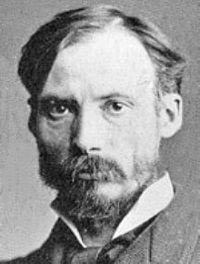
Early life
Renoir was born in Limoges, France on 25 February 1841. Aged three, the family moved to Paris, where Renoir grew up. His father was a tailor, and Renoir was given an apprenticeship at a porcelain painter. He was a talented painter with a steady hand, but porcelain painting did not satisfy his artistic creativity, and where possible he went to the Louvre to study the paintings of the great masters. In addition to working in the factory, he sought out commissions from local patrons. His talents were soon recognised and he was given the opportunity to study at the Ecole des Beaux-Arts. It was here that he joined Charles Gleyre’s studio and met many other young French impressionist artists, such as Claude Monet and Alfred Sisley.
During the 1860s, Renoir was struggling to make ends meet, uncertainty not helped by the Franco-Prussian War (in which Renoir fought). To make ends meet, he supplemented his income by drawing more conventional portraits. Despite his poverty, Renoir loved painting around Paris, he chose crowded meeting places, the banks of the Seine and a scenic forest at a nearby district of Fontainebleau. In 1871, he was caught up in the Paris Commune uprising. At one time, the Communards spied Renoir painting by the Seine and assumed he was a spy. He was only saved by Raoul Rigault, a leader of the Communards recognising Renoir as an old friend.
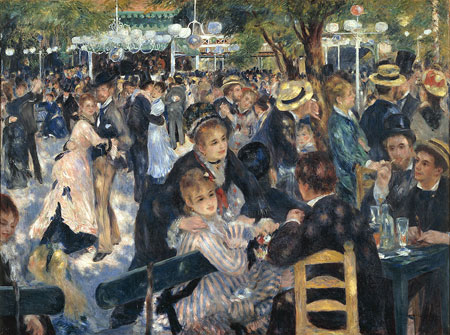
Moulin de La Galette
Impressionist period
“To my mind, a picture should be something pleasant, cheerful, and pretty, yes pretty! There are too many unpleasant things in life as it is without creating still more of them.”
― Pierre-Auguste Renoir
Post-impressionist period
In 1881, he visited Algeria and then Italy. In Italy, he was deeply impressed by the Italian Masters, such as Titan and Raphael. He also met and painted the portrait of composer Richard Wagner. After meeting Cezanne near Marseilles, Renoir sought to break away from Impressionism by developing a new structural style of his own. He sought to combine aspects of both the classical form and impressionist colour and freedom.
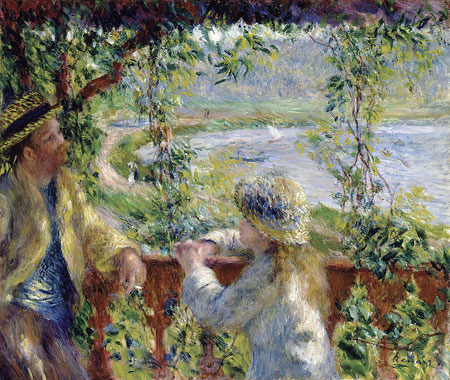
“The work of art must seize upon you, wrap you up in itself, carry you away. It is the means by which the artist conveys his passion; it is the current which he puts forth which sweeps you along in his passion.”
Yet, he never abandoned his techniques of colour that he learnt during his impressionist period and he developed a combination of classical styles of applying paint with an impressionist perspective of colour.
Personal life
Renoir married late – it was not until 1890, when he was 49 years old that he married a former model of his – Aline Victorine Charigot – she was 20 years younger. Renoir included her in many of his future paintings depicting family life. They had three children, including Jean Renoir (1894-1979) a noted filmmaker.
Towards the end of the nineteenth century, he gained increasing fame and respect. In 1892, the French state bought one of his paintings – ‘At the Piano.’ By the end of his life, he was able to revisit the Louvre and see his own paintings hanging in the museum he had visited so often as a child.
Later years
As ill-fortune would have it, his fame and greater renown also coincided with the onset of arthritis which made painting difficult and painful. He hurt his right arm after a bicycle accident and this exacerbated his arthritis. Towards the end of his life, he was mostly confined to a wheelchair and he needed the help of an assistant to place the brush into his hand. Despite his physical difficulties, he struggled on and continued to paint some great masterpieces, though his work-rate slowed. In 1907, he moved to the warmer climate of Cagnes-sur-Mer on the south-west coast of France to gain some relief from arthritis. In December 1919, he suffered a heart attack and passed away on the 3 December aged 78.
Art of Renoir
His art was noted for its vibrant combination of colours. In classic impressionist style, he avoided rigid lines and merged objects giving a sense of dream-like consciousness. He also painted many portraits of women – often in nude. They focus not on the sexual aspect but often of everyday experiences. Like other Impressionists, his paintings are rich in saturated colour, fiving a life-like intimacy. He was constantly evolving and was influential in moving beyond impressionism and opening up new directions in art, which can be seen in later artists such as Picasso and Henri Matisse.
Citation: Pettinger, Tejvan. “Biography of Auguste Renoir“, Oxford, UK. www.biographyonline.net Last updated 4 March 2020. Originally published 26 December 2010.
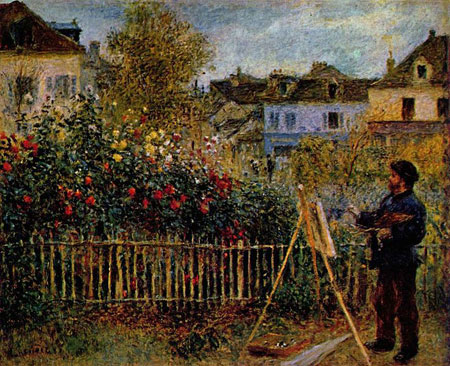
Claude Monet Painting in His Garden at Argenteuil, 1873
Renoir: An Intimate Biography
- Renoir: An Intimate Biography by Barbara Ehrlich White at Amazon
Related pages
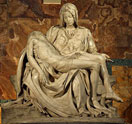 Artists – A list of the great artists, including Leonardo da Vinci, Claude Monet, Vincent Van Gogh, Pablo Picasso, Michelangelo and Rembrandt.
Artists – A list of the great artists, including Leonardo da Vinci, Claude Monet, Vincent Van Gogh, Pablo Picasso, Michelangelo and Rembrandt.
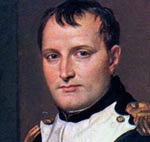


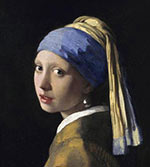


One Comment
painting oil painting by the famous artist Rainier I hope I spelled that right it’s up two ladies and a boat one has the paddle and they’re by a bridge and there’s a sailboat to the left I’m not sure the name but it is a very old old reproduction I thought it was a real thing it is just so beautifully done can you tell me if it’s worth anything.